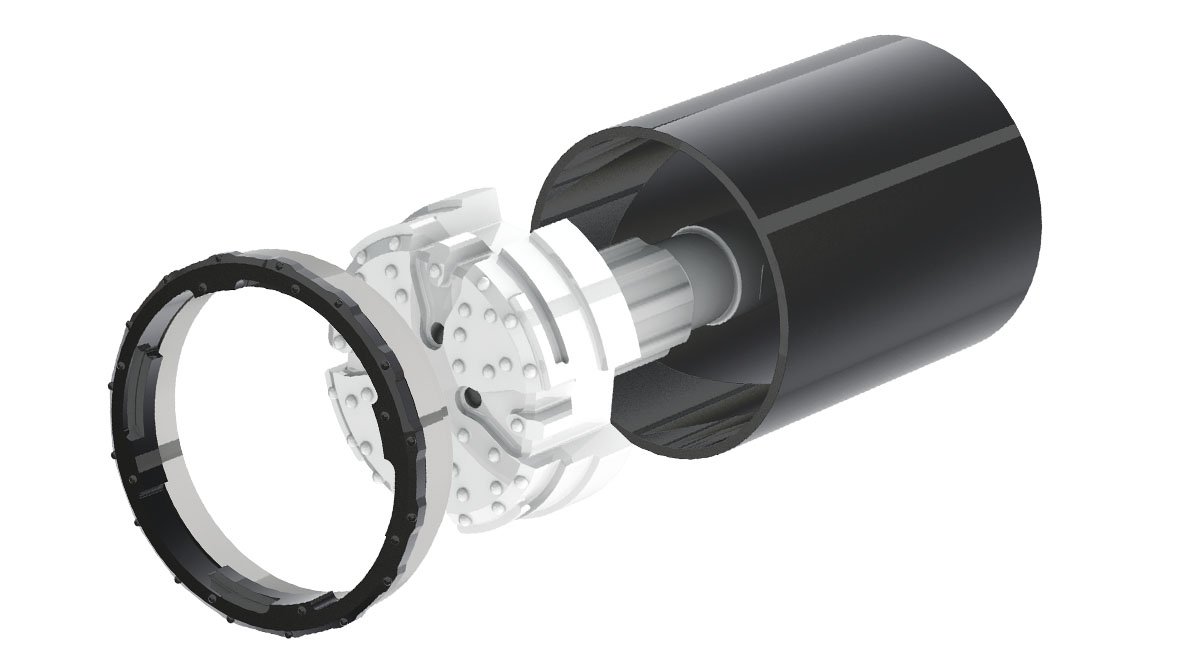The city of Tampere is extending its tram routes to the western suburbs. Infrastructure construction and maintenance in this alliance project are provided by YIT. They have used a variety of foundation engineering methods to ensure solid results.
Tramway Section 1 (TAS 1) was implemented in six segments from 2017 to 2021. The first section included tram tracks and stops from Pyynikintori eastwards to Hervantajärvi and from the University Hospital to Sori Square. Service on the first section began in August 2023.
Tramway Section 2 (TAS 2) includes the section from Pyynikintori to Lentävänniemi in the west. Construction of the last part, Santalahti–Lentävänniemi, began in spring 2022. If all goes to plan, tram service to Lentävänniemi could begin at the start of 2025.
The total length of the Tampere tram network for sections 1 and 2 is approximately 24 kilometers. The planning phase for tramway section 3 is currently underway, with the city council expected to decide on its implementation by the end of 2024.
A wide variety of tasks
YIT’s role in the project has included foundation work, sewerage, cabling, bridges, retaining walls, rail installations, paving, roundabouts, sidewalks, 24 tram stops, and more. Due to the significant elevation differences along the route, 20 retaining walls were constructed. Nine new bridges were also built, including a 18-meter-high railway bridge, and the 250-meter Vacker Bridge.
YIT also constructed a modularly designed depot in Hervanta. Before its construction, 250,000 m3 of rock was excavated, some of which were used for the depot’s site embankments. The remaining quarried rock was used as aggregate elsewhere in the project.
Foundation work is key
The foundation work included varying types of ground reinforcement as well as the lower structure of the tram tracks.“We’ve made reinforcements for all sorts of foundations: clay, hard rock, several meters of peat, etc. We’ve done multiple kilometers of piling, especially for bridges, where we used piled slabs. Also, various retaining walls, mass replacements, lightweight fills, and preload embankments,” says Veetu Helkiö from YIT Infra, who worked as a supervisor for TAS 1 and a site engineer for TAS 2.
YIT has mainly used their own equipment in the foundation work. “We’ve used both drilled and driven piles extensively for reinforcements, with Robit supplying reamers for the piles and bits for drilling. Most reamers went directly to the pile supplier, which sped up the process. Some were also welded on-site. We had a good supply of drill bits the whole time, and Robit’s deliveries were timely, despite the global challenges with material flows. Domestic production is an asset, as was the short distance from Robit’s Lempäälä facilities to the tram construction site, which means deliveries were really quick from Robit’s warehouse,” Helkiö praises.
The foundation work for TAS 2 was completed late last year. “The project went well overall, and we met our schedules despite challenging times. This was a unique and interesting project, integrating many different work phases,” says Helkiö.

Robit DTH SR pilots and ring bits were widely used by YIT in the foundation works on the tramway project.


